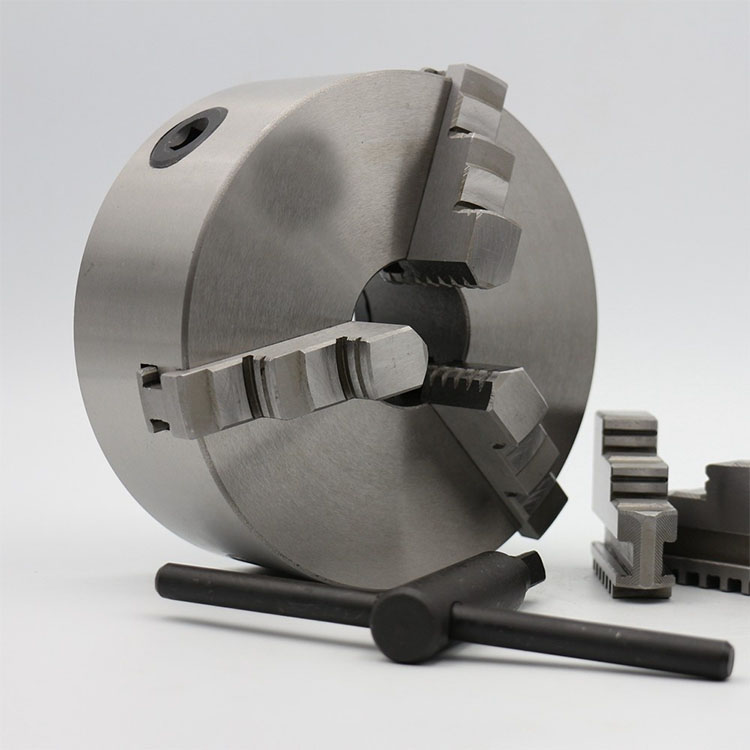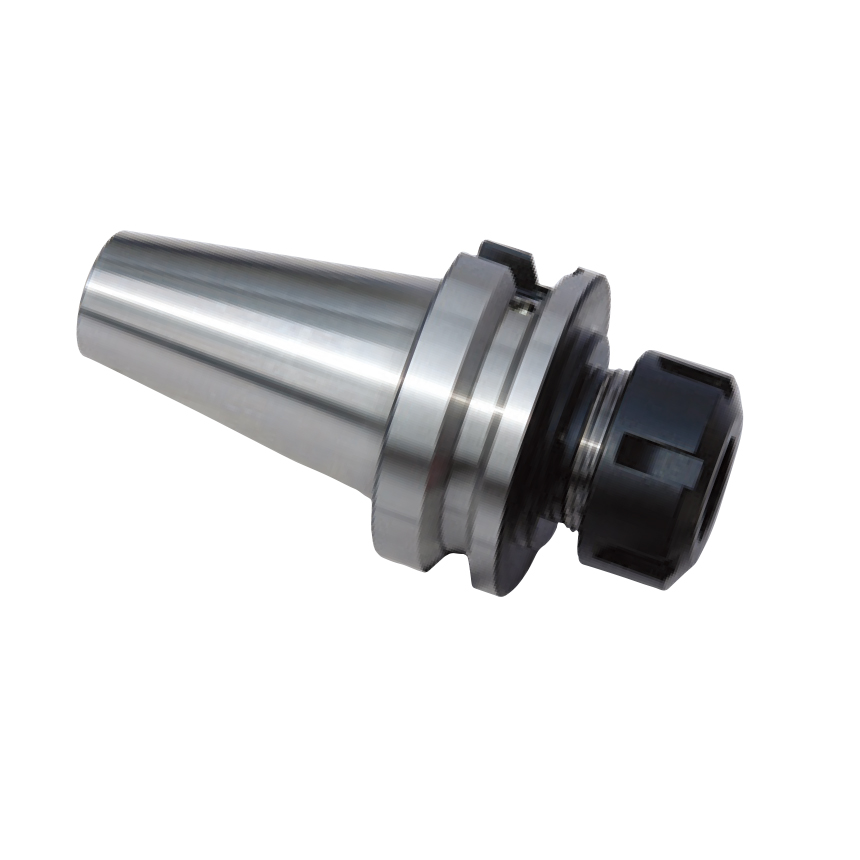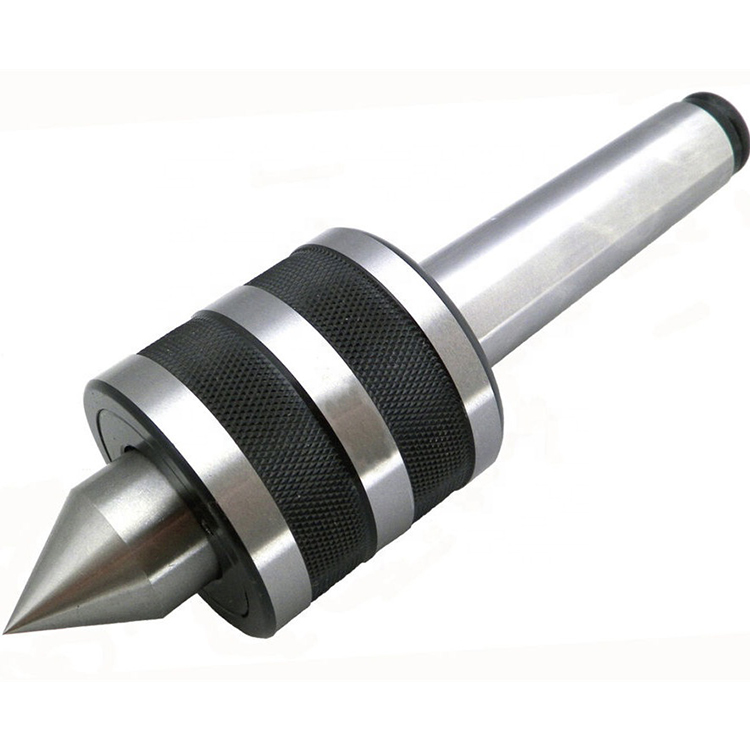lathe mandrel
A lathe mandrel is a crucial accessory used on a lathe to hold and rotate workpieces, particularly those that are difficult or impossible to grip directly in a chuck. They come in various types, each designed for specific applications, from woodturning intricate designs to metalworking precision components. Choosing the right mandrel ensures accuracy, stability, and safety in your turning projects. This guide explores the different types of mandrels, their uses, and factors to consider when selecting one.Understanding Lathe MandrelsA lathe mandrel, sometimes called a lathe arbor, is a precisely machined shaft or bar used to support and drive a workpiece on a lathe. It allows you to turn items that have a hole in the center or irregular shapes that cannot be easily held by a chuck. Mandrels are essential for tasks requiring high precision and consistent results.Types of Lathe MandrelsThere are several types of lathe mandrels, each designed for specific tasks. Understanding the differences is crucial for selecting the right tool for your project. Here are some common types: Plain Mandrels: These are the simplest type, consisting of a cylindrical shaft that fits between the lathe centers. The workpiece is held by friction, often aided by a slight taper on the mandrel or by using a split sleeve. Screwed Mandrels: These mandrels have a threaded portion that allows the workpiece to be screwed onto the mandrel. This provides a more secure grip than plain mandrels. Expanding Mandrels: These mandrels use a mechanism to expand the shaft, gripping the inside diameter of the workpiece. They are ideal for holding items with tight tolerances. Taper Mandrels: Tapered mandrels are used for turning workpieces with tapered bores. The taper ensures a tight and accurate fit. Step Mandrels: These mandrels have multiple diameters or 'steps' to accommodate workpieces with different bore sizes.Applications of Lathe MandrelsLathe mandrels are used in a wide range of applications in both woodturning and metalworking. Here are a few examples: Woodturning: Turning pens, small bowls, and other decorative items that have a hole through the center. Metalworking: Machining bushings, gears, and other components that require a high degree of concentricity. Manufacturing: Producing multiple identical parts with consistent dimensions and finishes. Repair Work: Refurbishing worn parts by machining them to their original specifications.Choosing the Right Lathe MandrelSelecting the right lathe mandrel is crucial for achieving accurate and efficient results. Consider the following factors when making your selection: Workpiece Material: The material of your workpiece will influence the type of mandrel you need. For example, softer materials like wood may require a mandrel with a more aggressive grip. Workpiece Dimensions: The size and shape of your workpiece will determine the required mandrel length and diameter. Required Accuracy: If you need to achieve high precision, choose a mandrel that is manufactured to tight tolerances. Lathe Size: Make sure the mandrel is compatible with the size and capacity of your lathe. Grip Strength: Consider how much gripping power you will need to prevent the workpiece from slipping during turning.Lathe Mandrel Materials and ConstructionLathe mandrels are typically made from hardened steel to provide durability and dimensional stability. The quality of the steel and the precision of the machining process will affect the mandrel's performance and lifespan. High-quality mandrels will be precisely ground and hardened to minimize runout and ensure accurate turning.Using a Lathe Mandrel SafelySafety is paramount when using a lathe mandrel. Here are some important safety precautions: Secure the Workpiece: Ensure the workpiece is securely mounted on the mandrel before starting the lathe. Use Proper Speeds: Select the appropriate lathe speed for the workpiece material and mandrel type. Wear Safety Glasses: Always wear safety glasses to protect your eyes from flying debris. Avoid Overhang: Minimize the amount of overhang between the mandrel and the lathe centers to reduce vibration and improve stability. Inspect Regularly: Inspect the mandrel for any signs of wear or damage before each use.Maintenance and Care of Lathe MandrelsProper maintenance will extend the life of your lathe mandrel. Here are some tips: Clean Regularly: Clean the mandrel after each use to remove chips, dust, and other debris. Lubricate: Apply a light coat of oil to prevent rust and corrosion. Store Properly: Store the mandrel in a clean, dry place when not in use. Check for Runout: Periodically check the mandrel for runout and correct it if necessary.Where to Buy Lathe MandrelsYou can purchase lathe mandrels from a variety of sources, including: Online Retailers: Online retailers such as Amazon and eBay offer a wide selection of mandrels from various manufacturers. Tool Suppliers: Tool suppliers like MSC Industrial Supply and Travers Tool offer high-quality mandrels for professional use. Woodworking Stores: Woodworking stores often carry mandrels specifically designed for woodturning. Metalworking Suppliers: Metalworking suppliers offer mandrels for a variety of metalworking applications.Example: Using an Expanding MandrelLet's consider a specific example: using an expanding mandrel to machine a bushing. An expanding mandrel from a reputable supplier like Wayleading Tools would be ideal for this task. This type of mandrel is perfect for holding the bushing by its inner diameter. Preparation: Ensure the inner diameter of the bushing is clean and free of any burrs or debris. Mounting: Insert the expanding mandrel into the lathe and secure it between the centers. Expansion: Place the bushing onto the mandrel and use the mandrel's adjusting mechanism to expand the shaft until it grips the inner diameter of the bushing securely. Machining: Machine the outer diameter of the bushing to the desired dimensions. Removal: Release the expanding mechanism and remove the finished bushing from the mandrel.Troubleshooting Common Lathe Mandrel ProblemsEven with proper selection and use, you may encounter some common problems with lathe mandrels. Here are a few tips for troubleshooting: Slippage: If the workpiece is slipping on the mandrel, try increasing the grip by using a split sleeve or applying a thin layer of resin. Vibration: Vibration can be caused by an unbalanced workpiece or excessive overhang. Reduce the lathe speed or shorten the overhang to minimize vibration. Runout: Runout can be caused by a bent or damaged mandrel. Check the mandrel for runout using a dial indicator and replace it if necessary. Chatter: Chatter can be caused by a loose setup or a dull cutting tool. Ensure all components are securely tightened and sharpen or replace the cutting tool.Lathe Mandrel Cost ConsiderationsThe cost of a lathe mandrel can vary depending on the type, size, and quality. Simple plain mandrels can be relatively inexpensive, while more complex expanding mandrels can be quite costly. Consider your budget and the required level of precision when making your selection. Mandrel Type Typical Price Range Typical Applications Plain Mandrel $15 - $50 Simple woodturning, light metalworking Screwed Mandrel $30 - $80 Securing workpieces with threaded bores Expanding Mandrel $80 - $200+ Precision machining of bushings, gears, and similar components Taper Mandrel $50 - $150 Turning workpieces with tapered bores Step Mandrel $60 - $180 Accommodating workpieces with varying bore sizes ConclusionLathe mandrels are indispensable tools for a variety of turning operations. By understanding the different types of mandrels, their applications, and the factors to consider when selecting one, you can ensure accurate, efficient, and safe results in your turning projects. Remember to choose a high-quality mandrel, follow safety precautions, and maintain your mandrel properly to ensure its longevity and performance.Disclaimer: This article is for informational purposes only. Always consult with a qualified professional before undertaking any machining or woodworking project.
Related products
Related products
Best selling products
Best selling products-
 HSS DP Involute Gear Cutters With PA20 And PA14-1/2
HSS DP Involute Gear Cutters With PA20 And PA14-1/2 -
 Type F Ball Nose Tree Tungsten Carbide Rotary Burr
Type F Ball Nose Tree Tungsten Carbide Rotary Burr -
 Type G Arc Pointed Tree Tungsten Carbide Rotary Burr
Type G Arc Pointed Tree Tungsten Carbide Rotary Burr -
 Precision Digital Caliper Of With Metric & Inch Size For Industrial
Precision Digital Caliper Of With Metric & Inch Size For Industrial -
 Dial Depth Gauge With Stainless Steel For Industrial Type
Dial Depth Gauge With Stainless Steel For Industrial Type -
 Type H Flame Tungsten Carbide Rotary Burr
Type H Flame Tungsten Carbide Rotary Burr -
 K11 Series 3 Jaw Self Centering Chucks For Lathe Machine
K11 Series 3 Jaw Self Centering Chucks For Lathe Machine -
 HSS Inch Concave Milling Cutter For Industrial
HSS Inch Concave Milling Cutter For Industrial -
 Type J-60 Degree Cone Tungsten Carbide Rotary Burr
Type J-60 Degree Cone Tungsten Carbide Rotary Burr -
 F1 Precision Boring Head With Metric & Inch
F1 Precision Boring Head With Metric & Inch -
 CNC BT-ER Spring Collet Chuck For CNC Machine
CNC BT-ER Spring Collet Chuck For CNC Machine -
 Dead Center For Morse Taper Shank
Dead Center For Morse Taper Shank











